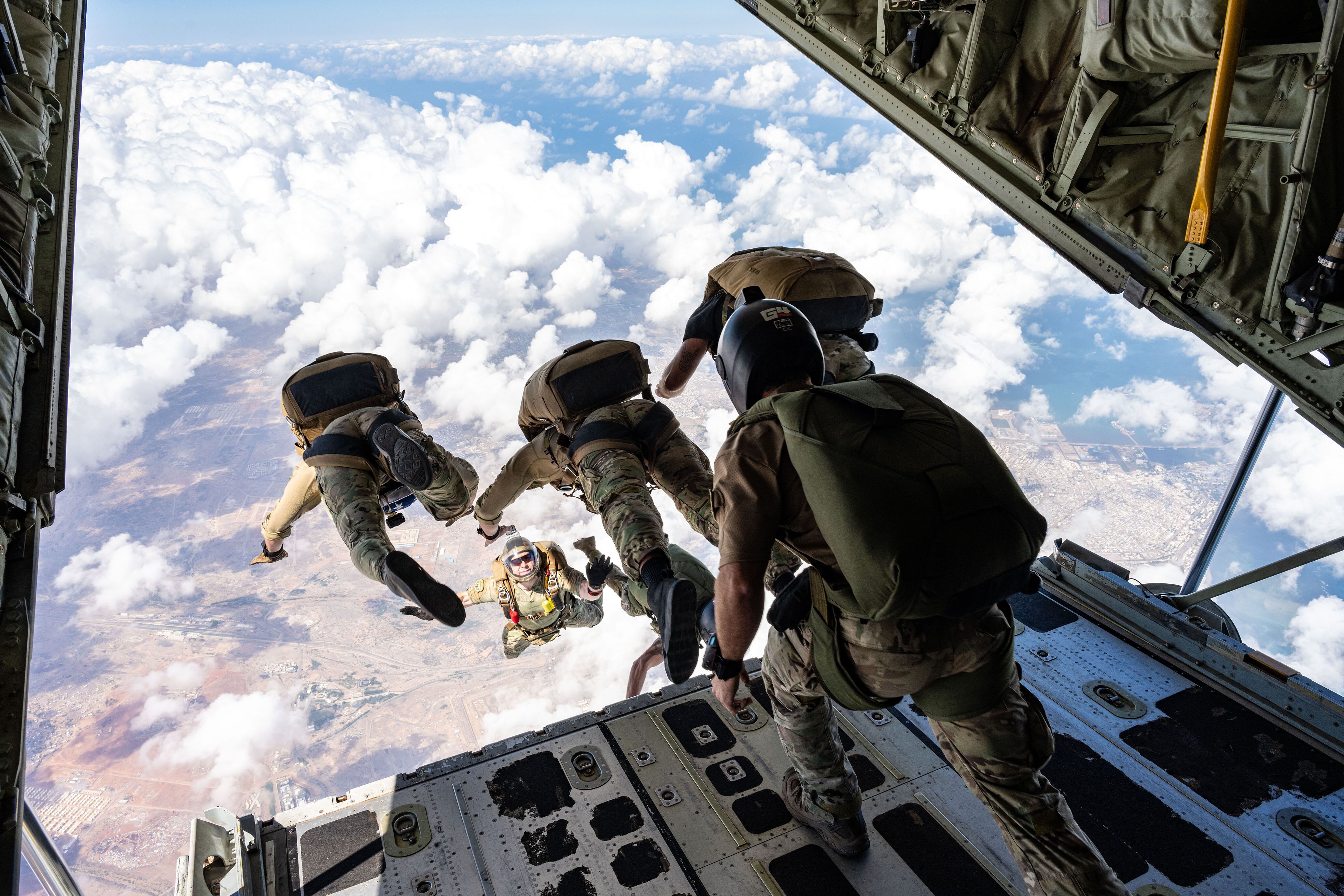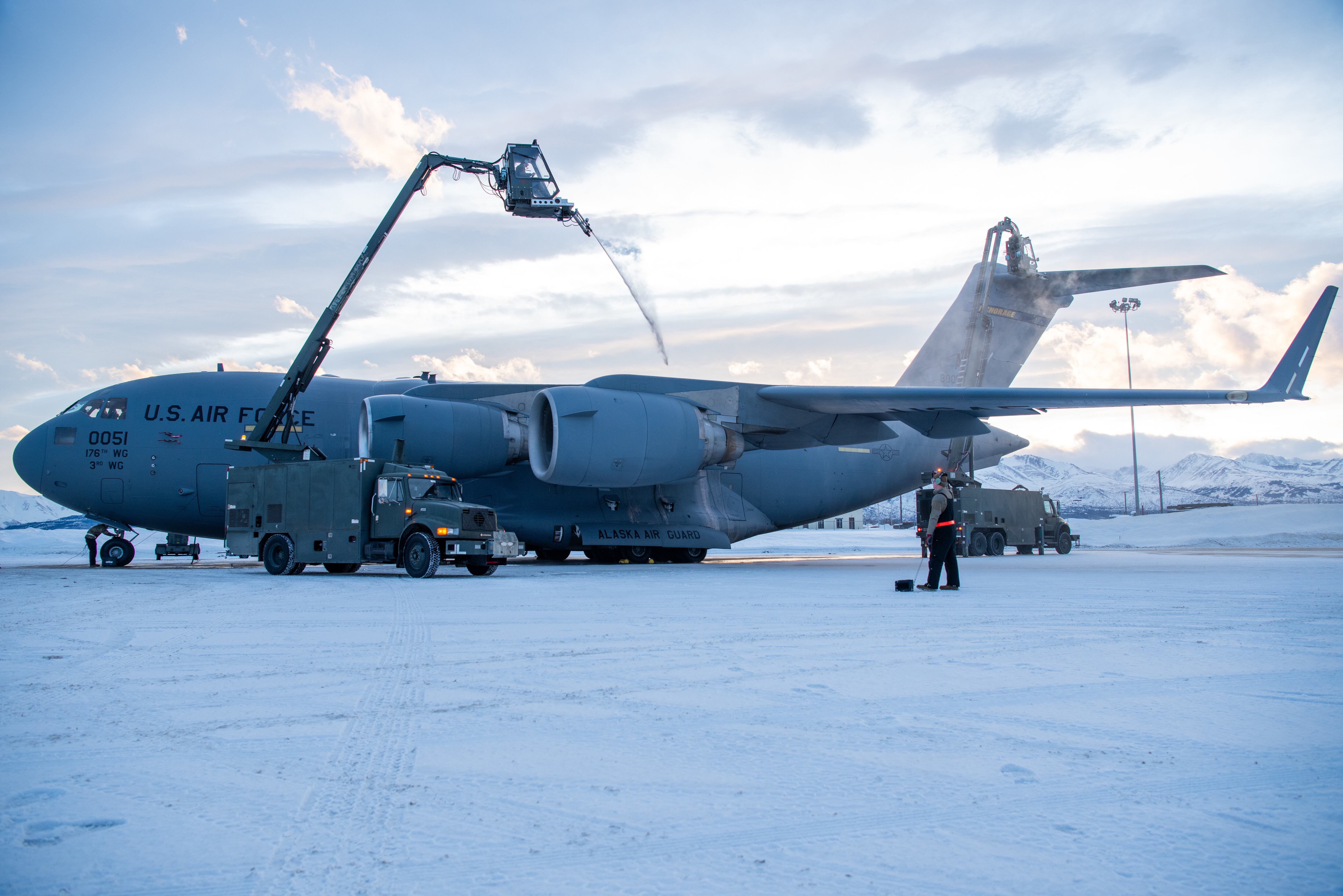Thinking about reenlisting? Eligible airmen in critical jobs can now nab bonuses of up to $180,000, up from $100,000 in previous years, for agreeing to stay in the service.
Seventy-three career fields are eligible for selective retention bonuses in fiscal year 2024, up from 51 the previous year, the Air Force said in a recent release. The new list adds airmen like air traffic controllers, cyber defense superintendents and aerospace physiologists, and is retroactively effective as of Oct. 1, 2023.
RELATED

How much money someone can receive depends on how long they opt to stay in uniform and their experience level. Airmen are capped at earning up to $360,000 in selective retention bonuses over the course of their career, and can elect to take the money as a partial payment or up front. They can now opt to reenlist for up to eight years in exchange for the bonus, up from the previous cap of six years.
Bonuses are one tool the Air Force uses to entice enlisted airmen to stay in critical career fields, particularly those that are hard to keep fully staffed, like cybersecurity, and that require extensive skills and qualifications.
Along with the bonuses, the Air Force announced it will now allow airmen to reenlist as early as a year before their time in uniform expires, up from 90 days.
The service argues the extension offers troops more flexibility while growing the pool of those eligible for bonuses. The change can also give the Air Force a clearer picture of its future workforce earlier, without needing to wait until the last few months to see what people decide.
The Air Force’s renewed retention efforts come as its FY25 budget request calls for a relatively flat active duty workforce. The service missed its active duty recruitment goal by 10% in FY23, as well as its total-force goal for the first time since 1999. While the service has said it’s on track to meet or exceed recruitment numbers for most career fields this year, the budget includes more than $1.1 billion in bonuses and retention pay to keep people in 118,000 critical positions.
RELATED

Initial enlistment bonuses
News of the retention bonuses follows an update in mid-May that recruits who are willing to “quick ship,” or head to boot camp with a week’s notice to fill the spot of someone who canceled, are eligible for a $10,000 signing bonus. Those who go to basic military training on a six-year contract for any career field can receive a general bonus of $5,000.
Like selective retention bonuses, the service routinely offers signing bonuses for recruits willing to fill undermanned jobs, or those that require special certifications or training.
The Air Force in May added two career fields to its list of of 29 jobs that are eligible for initial bonuses. Those willing to join the security forces (3P0X1) can receive a $15,000 bonus for signing either a four- or six-year contract, while future airmen in the heavy aircraft integrated avionics specialty(2A9X4) can receive a $10,000 bonus for signing on to serve six years.
Three other specialties dropped off the list: maintainers who handle communication, navigation and mission systems on mobility aircraft (2A8X1), those who handle comms and flight control systems on mobility aircraft (2A8X2); and those who work on instrument and flight control systems on bombers and certain specialized reconnaissance and command-and-control aircraft (2A9X2). Each was previously eligible for $4,000 bonuses for signing six-year contracts.
The Air Force updated what bonuses recruits in another 14 career fields can earn, including bumping multiple jobs, like airborne linguists (1A8X1), cryptologic linguists (1N3X1) and fuels apprentices (2F031) to $10,000 bonuses for a six-year contract; 13 others remain unchanged. The initial enlistment bonuses come as the service has increased its recruiting goal for the year by 1,200 newcomers to bring in 27,100 active duty recruits.
Bonuses are effective through the end of the fiscal year, which ends Sept. 30.
Courtney Mabeus-Brown is the senior reporter at Air Force Times. She is an award-winning journalist who previously covered the military for Navy Times and The Virginian-Pilot in Norfolk, Va., where she first set foot on an aircraft carrier. Her work has also appeared in The New York Times, The Washington Post, Foreign Policy and more.





